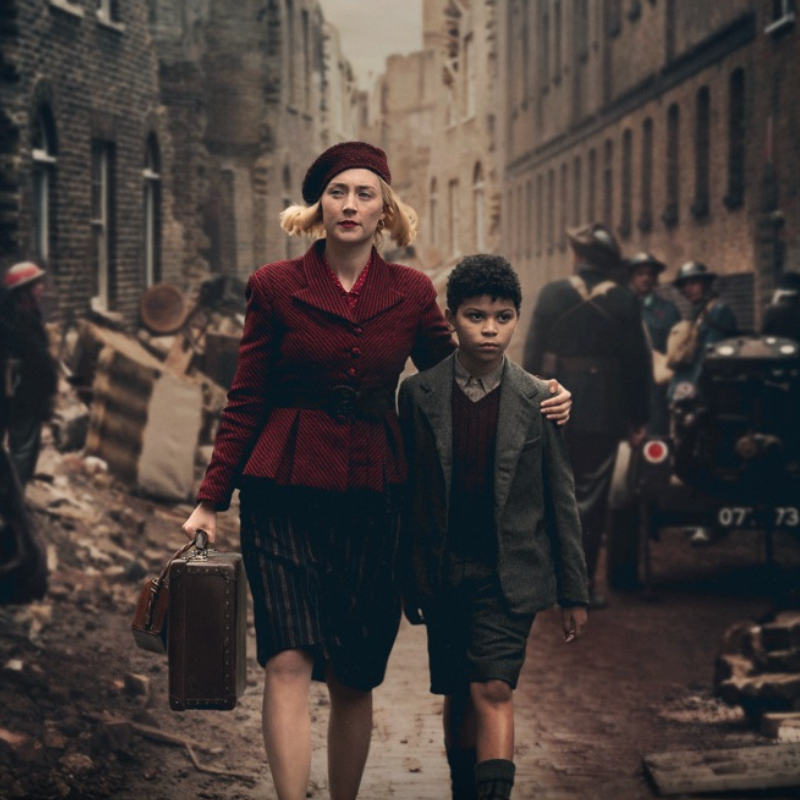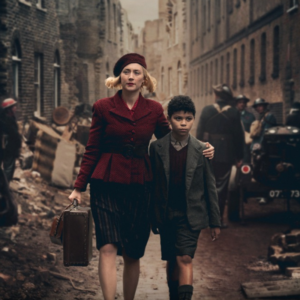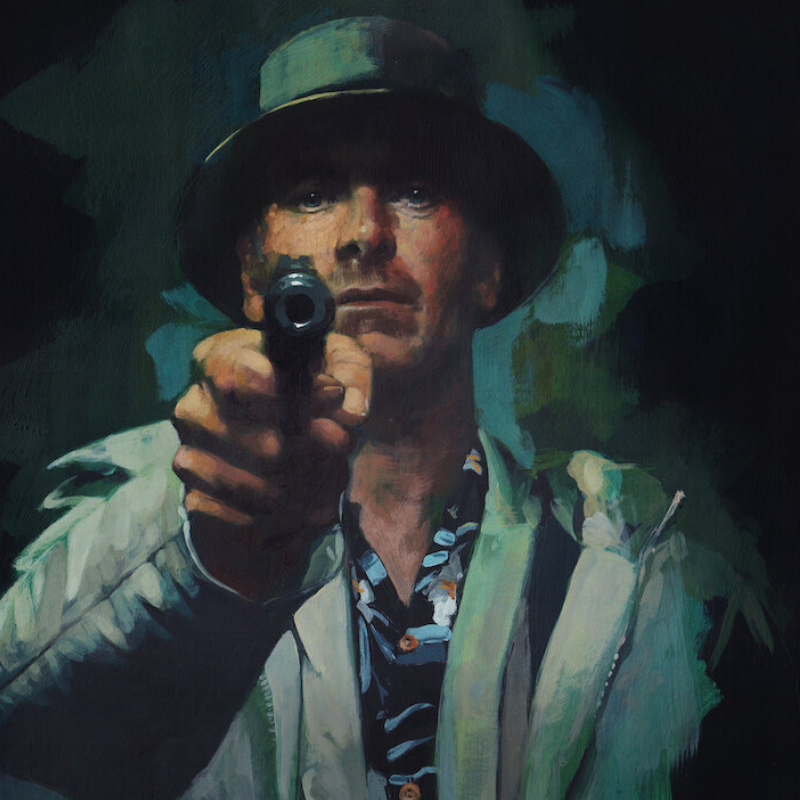IFTV’s BLITZ review


BLITZ opens in cinemas on Friday, November 1st, and streams on Apple TV+ from Friday, November 22nd
In BLITZ, director Steve McQueen ventures into the tumultuous landscape of London during World War II, crafting a narrative that marries the visceral realities of war with deeply personal stories of family and resilience. The film, while steeped in old-fashioned cinematic storytelling, effectively juxtaposes the catastrophic backdrop of the Blitz with the intimate struggles of its characters, particularly focusing on the poignant journey of a mother, Rita Hanway, portrayed masterfully by Saoirse Ronan.
Plot Overview
Set in late 1940, BLITZ unfolds amidst the deafening chaos of German bombings that reduce homes to ruins and life to sheer survival. The film centers on Rita (Ronan), a munitions factory worker who must confront the heart-wrenching decision to send her biracial son, George (Elliott Heffernan), away from the dangers of London. George’s subsequent journey back home forms the narrative backbone of the film, interweaving his adventures with Rita’s desperate quest to reunite with him.
The film opens with striking imagery: firefighters battling flames that consume their city. McQueen’s direction captures the dichotomy of devastation and determination, portraying a London that is simultaneously ravaged and vibrant. This setting is crucial, as it frames the emotional stakes for Rita and George, whose lives are upended by war yet marked by an unwavering bond.
Saoirse Ronan’s Performance
At the heart of BLITZ is Saoirse Ronan’s portrayal of Rita, a character who encapsulates the trials of a mother in a time of crisis. Ronan’s performance is a masterclass in subtlety; she imbues Rita with a strength that is both fierce and tender. The character doesn’t allow for overt dramatic flourishes, but Ronan’s ability to convey emotion through the smallest gestures and expressions is remarkable.
Rita is a woman caught between duty and love, embodying the struggles faced by many during the war. Her performance shines in scenes where she stands up for her colleagues, or when she nervously takes the stage to sing for a morale-boosting BBC broadcast. These moments highlight not just her resolve but also her vulnerability, as the weight of her choices hangs heavily on her shoulders. Ronan captures Rita’s internal conflict with a grace that resonates deeply; we see a mother who is both terrified and determined, desperate to protect her son while navigating a world that seems to conspire against them.
Themes and Social Commentary
BLITZ does not shy away from exploring themes of race, class, and social solidarity. As Rita fights against the backdrop of wartime prejudice and societal expectations, the film poignantly addresses the experiences of marginalized communities during the war. George’s journey, which sees him encountering a range of characters, including a kind-hearted Nigerian ARP warden (Benjamin Clémentine), underscores the importance of community and connection in dire times.
The film’s treatment of race is particularly noteworthy. George grapples with his identity, having grown up without his father due to systemic racism and violence. Ronan and Heffernan’s interactions illuminate a world where love is complicated by societal biases, yet the film ultimately champions the power of acceptance and understanding.
McQueen’s direction, while polished and commercially accessible, layers in critical reflections on the past. The film juxtaposes nostalgic imagery of wartime Britain with a revisionist lens that acknowledges the country’s racial history, challenging the audience to confront uncomfortable truths.
Visual and Technical Mastery
Visually, BLITZ is stunning, thanks to cinematographer Yorick Le Saux, who captures both the beauty and the horror of wartime London. The film’s rich textures and atmospheric lighting evoke a palpable sense of time and place. Hans Zimmer’s score further enhances the emotional depth of the film, blending haunting melodies with a sense of urgency that underscores the characters’ struggles.
However, despite its visual splendor and heartfelt performances, BLITZ occasionally treads familiar ground, reminiscent of classic wartime dramas. While this lends a certain charm, it also risks reducing the narrative to a conventional path, lacking the moral complexity one might expect from a McQueen film. Rita’s character, while compelling, remains largely archetypal; she embodies the noble and steadfast mother, devoid of hidden depths that could elevate her story further.
Conclusion
BLITZ is an ambitious film that intertwines personal narratives with historical realities, showcasing the resilience of the human spirit amidst the chaos of war. Saoirse Ronan’s performance as Rita stands out as the emotional core, bringing depth and nuance to a character defined by her love and determination.
While the film may not delve into the morally intricate territory often associated with McQueen’s earlier works, it resonates with a sincerity that is hard to ignore. BLITZ is a stirring tribute to the strength found in familial bonds, the courage to confront prejudice, and the indomitable spirit of those who lived through one of history’s darkest chapters. In its heartfelt portrayal of love and loss, “Blitz” reaffirms the idea that even in the face of destruction, hope and connection can illuminate the path forward.











